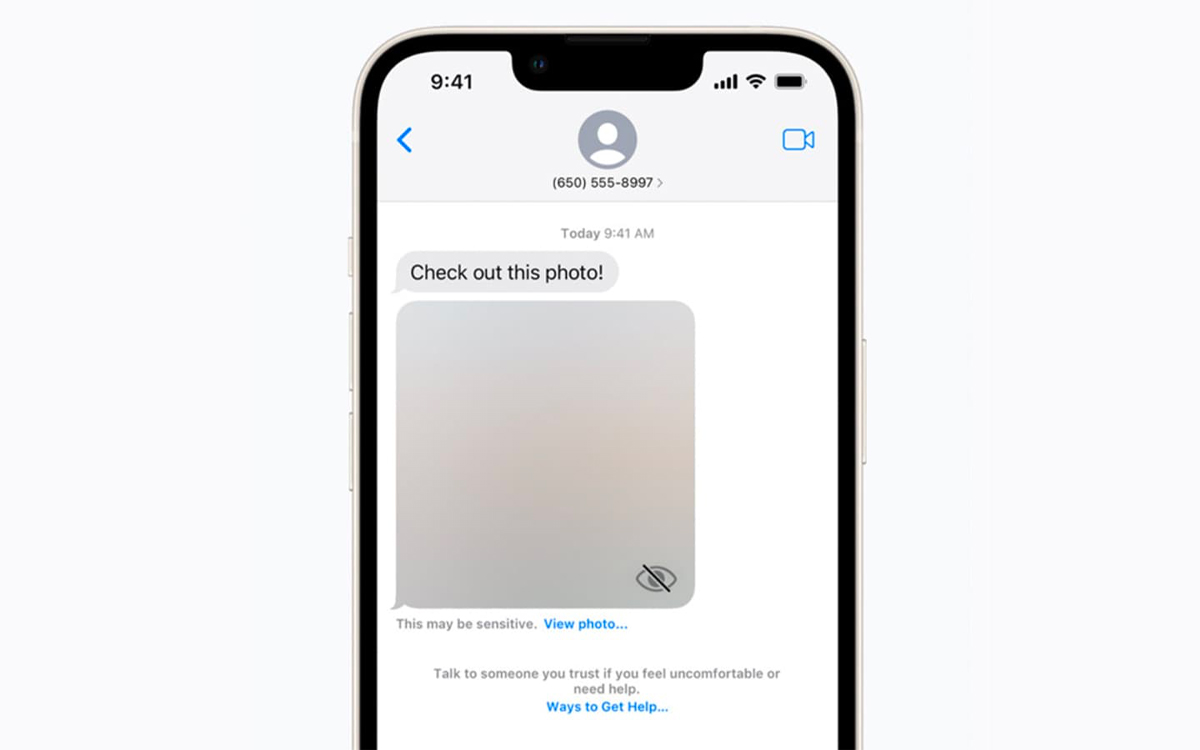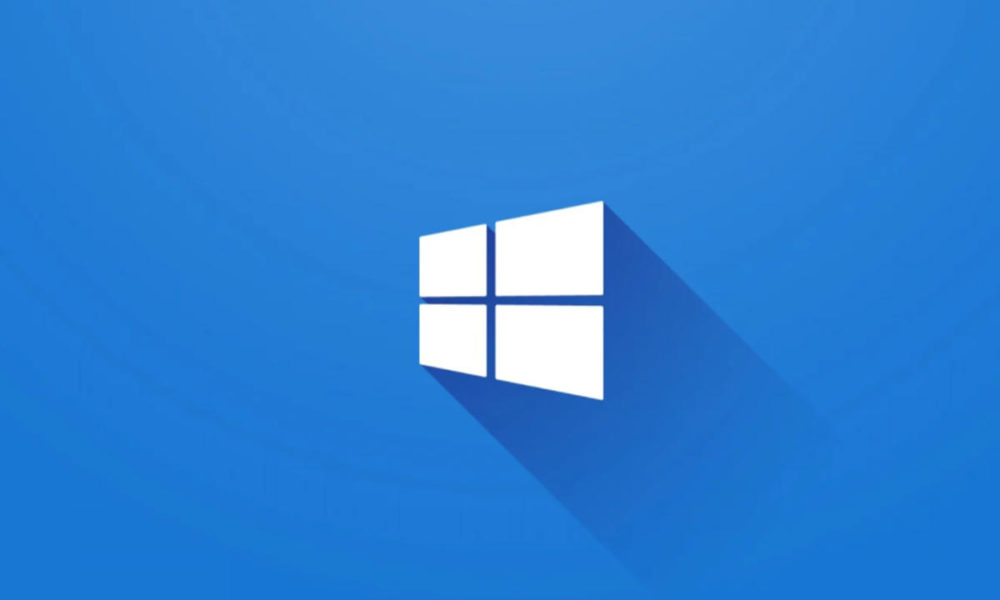
Yesterday we saw a leak of the first renders of the Google Pixel 8, the next high-end smartphone that the Mountain View company will launch this year, and we told you that this new terminal will debut on Tensor G3 SoCa very powerful chip whose specifications were a real mystery, until today.
According to the latest rumors, the Tensor G3 SoC that the Google Pixel 8 will mount will be a slightly tweaked version of what was to be the Samsung Exynos 2300, a chip that was going to be used in the Galaxy S23 but that in the end ended up being discarded in favor of the Snapdragon 8 Gen2, which is present in all models of said terminal.
Precisely the modifications that Samsung would have introduced in said SoC would have been key to improve your performance and efficiencyand to make it deserve to be present in a smartphone of the caliber of the Google Pixel 8 in the end. Regarding the specifications, for now we know that this new chip will have:
- A CPU divided into three large blocks of cores, one with a high-performance Cortex-X3 core at 3.09 GHz, another with four high-performance cores based on the Cortex-A715 architecture at 2.65 GHz and another block with four high-efficiency cores based on the Cortex-A510 architecture at 2.1 GHz.
- A Samsung Xclipse 930 GPU, which would succeed the Xclipse 920 GPU and could be based on AMD’s RDNA3 architecture.
- A neural processing unit with specific optimizations for artificial intelligence and computational photography.
The Xclipse 920 GPU used the RDNA2 architecture, and although it was promising in the end its performance did not meet the expectations it had generated. This was due, to a large extent, to the temperature problems that it gave when operating at high working frequencies, and to the dependence of said architecture on the working speed to offer good performance.
If this information is confirmed, it will be interesting to see how that Xclipse 930 performs, and if it really uses the RDNA3 architecture we should have a considerable improvement in terms of efficiency (performance per watt).
Everything I just told you makes a lot of sense because, in fact, both the original Tensor SoC and the Tensor G2, both used in the Google Pixel 6 and Pixel 7, are based on the Exynos 2100 and 2200 SoCs, although with important modifications. If all goes according to plan, Google should present the Pixel 8 later this year, specifically sometime in October.



